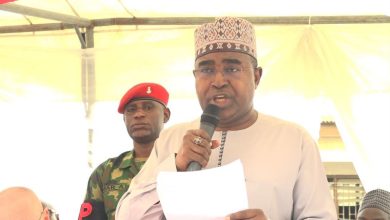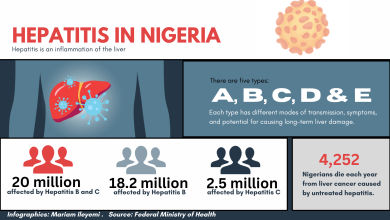
The Inspector General of Police (IGP), Kayode Egbetokun, bowed to pressure on Monday and directed police top brass to protect intending participants of the planned #EndBadGovernance protest slated for August 1 to 10, 2024.
The IGP had last week requested the names and other details of intending participants of the forthcoming protest as a condition to protect demonstrators but many Nigerians immediately rejected such a condition. The police subsequently said having such details is standard procedure to ensure the safety of all participants and prevent any unlawful activities.
However, the IGP, in a letter addressed to human rights lawyer Ebun-Olu Adegboruwa, on Monday, directed police commanders to protect protesters nationwide.
Adegboruwa, a Senior Advocate of Nigeria (SAN), had on July 26, 2024, written the IGP to provide police coverage for protesters. The senior lawyer had written the IGP on behalf of the Take It Back Movement, one of the groups planning the #EndBadGovernance protest in August.
The IGP, in his response letter dated July 29, 2024, directed senior police officers to attend to the request of the senior lawyer.
Egbetokun’s response was signed by his Principal Staff Officer, CP Johnson Adenola.
The IGP also requested to have a meeting with Adegboruwa in Abuja on Tuesday, July 30, 2024, “to deliberate further” on his request.
“I am to inform you that the Inspector General of Police has directed the Deputy Inspectors-General of Police (Operations and Intelligence), the Assistant Inspectors-General of Police (AIGs) in charge of Zonal Police Headquarters and the Commissioners of Police (CPs) in charge of State Commands across the country to attend to your request.
“I am to also inform you that the Inspector General of Police wishes to have a meeting with you at the Nigeria Police Force Headquarters, Abuja, on Tuesday, 30th July 2024 to deliberate further on your request,” CP Adenola said.
The police, military and the Department of State Service had warned against Kenya-styled protest. Politicians, who surmised that the planned rally might end up like the EndSARS demonstration of October 2020, continue to appeal to youths to shelve the planned rallies but the young people remain unfazed, doggedly insisting that the protest will hold.
The protest against economic hardship, which is gaining traction on social media, has been scheduled to be held across all states of the Federation as well as the nation’s capital in August.
Prices of food and basic commodities have gone through the roof in the last months, as Nigerians battle one of the country’s worst inflation rates and economic crises sparked by the government’s twin policies of petrol subsidy removal and unification of forex windows.
‘Cooperate With Police’
In a follow-up statement, the IGP urged youths to “cooperate with the police to ensure that any forthcoming protests are peaceful and orderly”.
The IGP reaffirmed the commitment of the police to protect the rights of citizens while maintaining law and order.
“There are enough lessons to learn from previous violent protests in Nigeria,” the IGP said, according to a statement by Force spokesman Muyiwa Adejobi.
The IGP acknowledged the right to protest, stating, “The right to protest is a right to peaceful protest.”
He called on all Nigerians to exercise this right responsibly and to avoid actions that could escalate into violence. Peaceful protests, he emphasised, are a powerful tool for expressing grievances and driving change without endangering lives and properties.
Channels news







